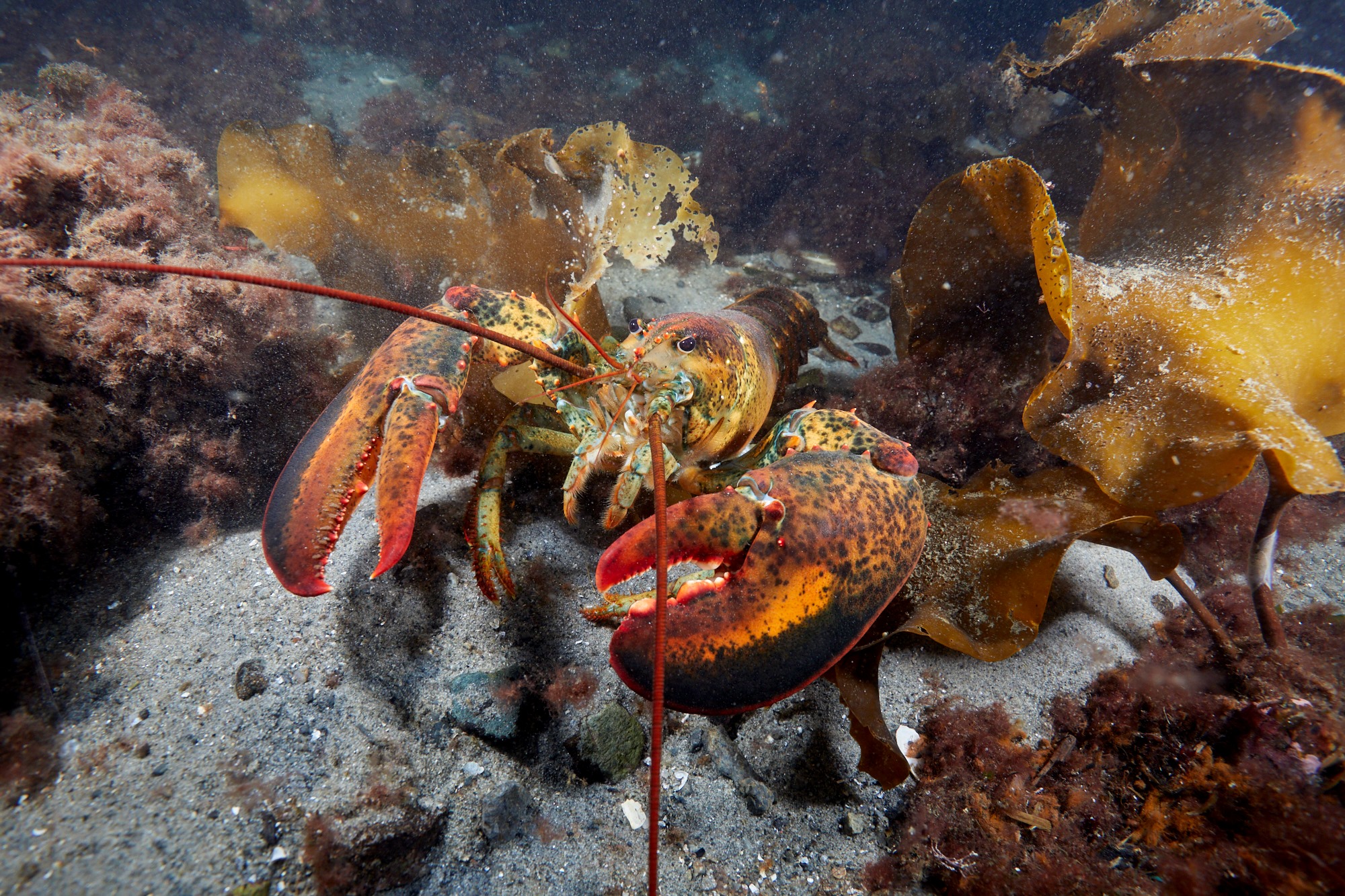For island and remote communities in the United States, developing resilient electricity infrastructure and energy systems can be fraught with challenges. These locations often rely on expensive, unreliable energy systems that are vulnerable to volatile energy supplies and costs, natural disasters, and impacts from climate change. That’s why NOAA’s National Sea Grant College Program (Sea Grant), in partnership with the U.S. Department of Energy’s (DOE) Water Power Technologies Office, is supporting three projects in Alaska, Guam, and Hawaiʻi that will examine how adoption of ocean renewable energy could support sustainable energy systems.
“It is critical to support these communities as they engage in the process of identifying, planning, and developing the local clean energy resources that meet their long-term needs,” said Jonathan Pennock, director of Sea Grant. “Sea Grant is excited to partner with DOE’s Water Power Technologies Office to assist communities in effectively engaging with emerging energy technologies intended to secure a sustainable, resilient, and equitable future.”
Ocean energy systems can harness energy from the power of ocean waves, tides, and currents, or even the differences in salt levels, temperatures, and pressure. These resources are incredibly predictable, meaning ocean energy technologies have the potential to be important contributors to a reliable and clean electricity grid.
“Sea Grant programs have developed strong relationships with local and regional organizations and communities that provide productive pathways to better understand their priorities and needs,” said Jennifer Garson, Director of DOE’s Water Power Technologies Office. “Working together allows us to bridge local needs with existing DOE priorities, investments, and programs as we work to identify ways we can harness the power of the ocean to support communities’ clean energy transitions.”
Ocean energy systems can harness energy from the power of ocean waves, tides, and currents, or even the differences in salt levels, temperatures, and pressure. These resources are incredibly predictable, meaning ocean energy technologies have the potential to be important contributors to a reliable and clean electricity grid.
Sea Grant and DOE selected and recommended three projects for a total of $800,000 in funding to conduct community engagement activities that will help illuminate community values, perceptions, and cultural contexts around energy innovation and resilience.
- Alaska Sea Grant will assess the necessary workforce qualifications for maintaining renewable energy systems and available technical training programs in remote coastal villages, and create informational materials with partners for communities to understand the various renewable energy options that can meet the challenges of Alaska’s diverse environment.
- Guam Sea Grant will collect community input through an online survey (designed in consultation with Guam’s energy leaders and affected parties) on ocean renewable energy and use the results to inform Guam’s renewable energy strategy.
- Hawaiʻi Sea Grant will focus on sustained dialogue and relationship building between island communities across Hawai‘i and the Hawaiʻi State Energy Office to inform the state’s energy future.
See the full list of project descriptions here.
By placing communities at the center of technology advancement efforts and gleaning on-the-ground information about local, place-based energy transitions, the results of these projects will be critical to helping inform DOE programmatic efforts that catalyze innovative energy solutions.
Work on these projects is expected to begin in the summer and fall of 2023.
Learn more about Sea Grant’s partnered work with the U.S. Department of Energy
Learn more about Sea Grant’s partner, the Department of Energy Water Power Technologies Office


